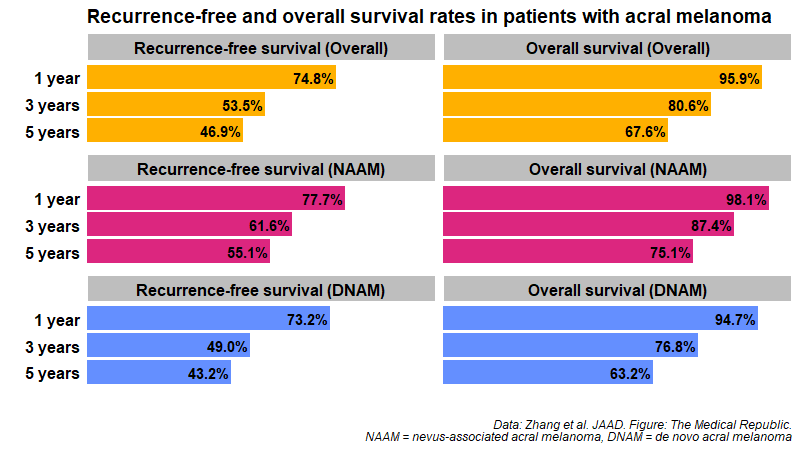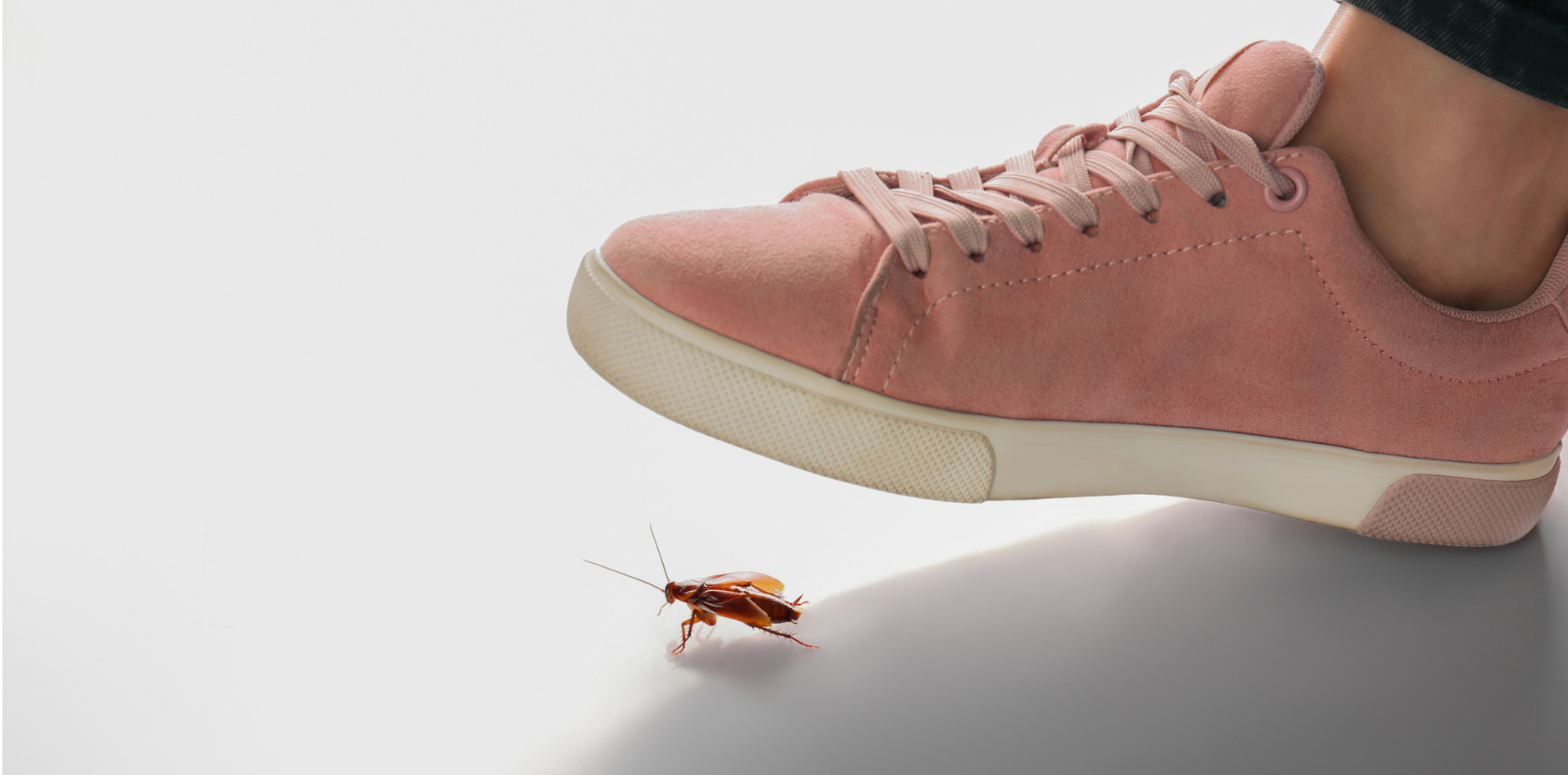New Chinese research sheds light on this rare type of cancer.
Nevus-associated acral melanoma patients have better recurrence-free and overall survival compared to de novo melanoma patients.
Acral melanoma, which appear on the palms of the hands, the soles of the feet or under the nails, is typically associated with a poor outcome. But beyond this, little is known about whether nevus-associated acral melanomas (NAAMs, which develop from pre-existing benign lesions) have a different prognosis compared to de novo acral melanomas (DNAMs, which appear spontaneously).
Now Chinese researchers have shown recurrence and mortality were 31% and 47% less likely in NAAM patients compared to DNAM patients.
Researchers examined the medical records of nearly 500 Chinese patients with acral melanoma from five different melanoma centres. The majority of patients had DNAM (66%) with the remaining third of the patients having NAAM. The median follow-up period was 62 months.
The two groups of patients were relatively similar with respect to demographic characteristics and clinicopathological features, although a greater proportion of NAAM patients had their melanoma on the sole of their foot compared to DNAM patients (78% versus 68%).
“[The] higher incidence on the sole is likely due to increased mechanical stress and trauma [as] stress-bearing areas have been reported to exhibit a notably higher incidence of acral melanoma compared to non-stress-bearing areas,” the researchers noted.
The median recurrence-free survival time was greater in the NAAM group (96 months) compared to the DNAM group (34 months). Recurrence-free and overall survival rates were also higher in the NAAM group than the DNAM group, with NAAM patients 31% less likely to experience recurrence and 47% less likely to have died compared to DNAM patients.

Multivariate analysis involving all patients revealed that increased Breslow thickness (how deep the melanoma had grown into the skin) and positive sentinel lymph node status were associated with both poorer recurrence-free and overall survival rates. Older age was also associated with poorer overall survival.
Related
The researchers were unclear of the biological mechanisms underlying their findings.
“Further basic research is needed to elucidate how nevus association affects recurrence and survival to determine if nevus association can guide clinical practice,” they concluded.
The researchers also noted that their findings may not directly translate to other populations. Acral melanomas account for a greater proportion of melanoma diagnoses in Asian (50-60%) and Black (60-70%) patients compared to Caucasians (1-7%).
Journal of the American Academy of Dermatology, 20 November 2024




